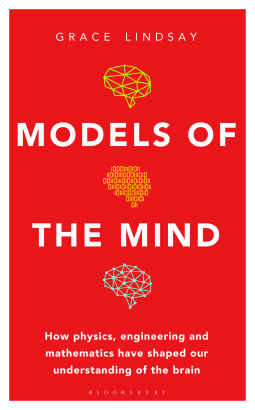
Models of the Mind
How Physics, Engineering and Mathematics Have Shaped Our Understanding of the Brain
by Grace Lindsay
This title was previously available on NetGalley and is now archived.
Send NetGalley books directly to your Kindle or Kindle app
1
To read on a Kindle or Kindle app, please add kindle@netgalley.com as an approved email address to receive files in your Amazon account. Click here for step-by-step instructions.
2
Also find your Kindle email address within your Amazon account, and enter it here.
Pub Date 4 Mar 2021 | Archive Date 30 Jun 2021
Bloomsbury Publishing Plc (UK & ANZ) | Bloomsbury Sigma
Talking about this book? Use #ModelsoftheMind #NetGalley. More hashtag tips!
Description
The human brain is made up of 85 billion neurons, which are connected by over 100 trillion synapses. For more than a century, a diverse array of researchers searched for a language that could be used to capture the essence of what these neurons do and how they communicate – and how those communications create thoughts, perceptions and actions. The language they were looking for was mathematics, and we would not be able to understand the brain as we do today without it.
In Models of the Mind, author and computational neuroscientist Grace Lindsay explains how mathematical models have allowed scientists to understand and describe many of the brain’s processes, including decision-making, sensory processing, quantifying memory, and more. She introduces readers to the most important concepts in modern neuroscience, and highlights the tensions that arise when the abstract world of mathematical modelling collides with the messy details of biology.
Each chapter of Models of the Mind focuses on mathematical tools that have been applied in a particular area of neuroscience, progressing from the simplest building block of the brain – the individual neuron – through to circuits of interacting neurons, whole brain areas and even the behaviours that brains command. In addition, Grace examines the history of the field, starting with experiments done on frog legs in the late eighteenth century and building to the large models of artificial neural networks that form the basis of modern artificial intelligence. Throughout, she reveals the value of using the elegant language of mathematics to describe the machinery of neuroscience.
Available Editions
| EDITION | Hardcover |
| ISBN | 9781472966452 |
| PRICE | £16.99 (GBP) |








